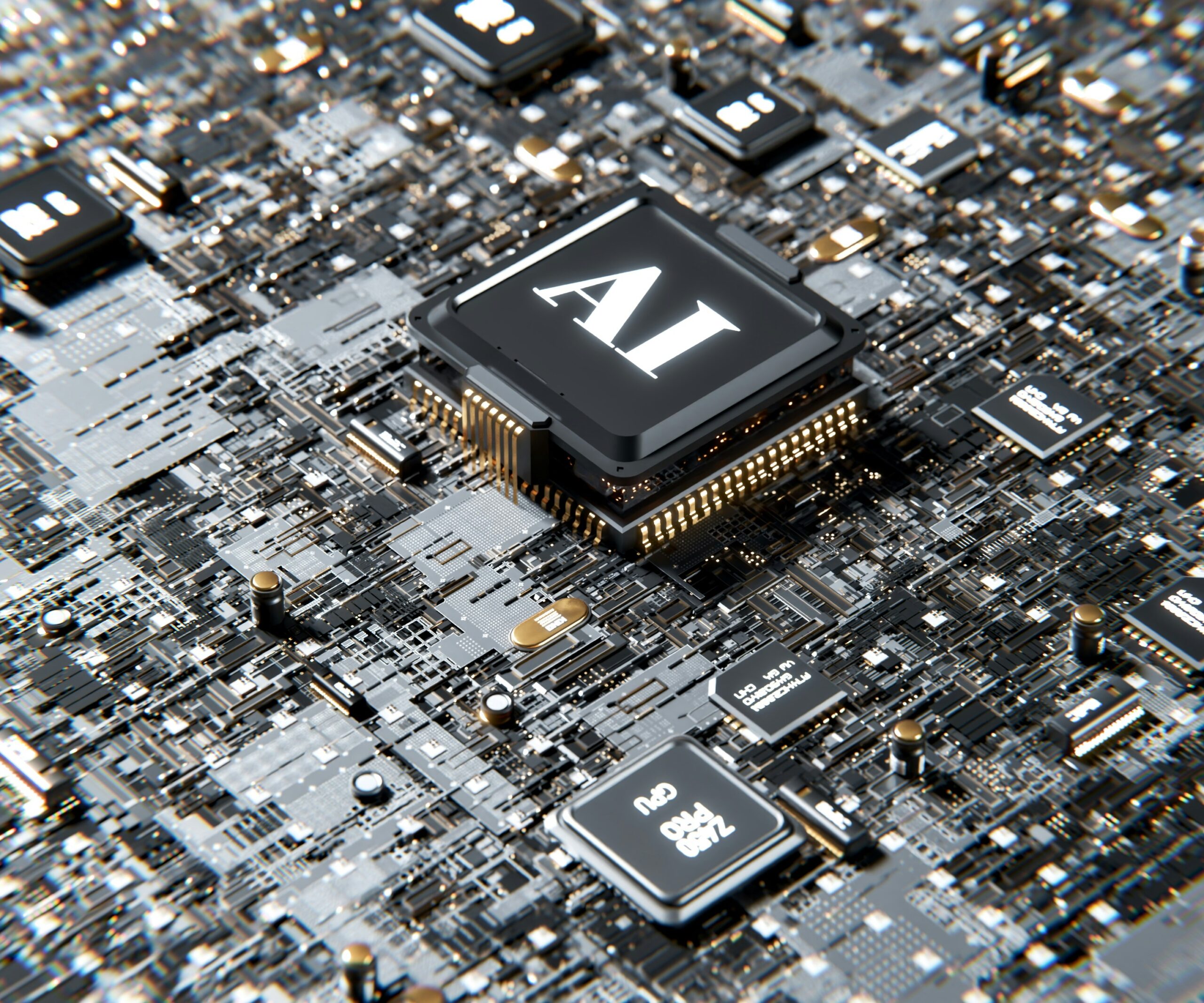In today’s fast-paced digital economy, businesses are constantly evolving to keep up with rising customer expectations. One major shift in customer service and automation is the rise of chatbots — but not all bots are created equal.
There’s a clear difference between conversational AI vs traditional chatbots , and understanding that gap can help businesses make smarter decisions about how they interact with their audience. Let’s break down the difference and see why conversational AI is becoming the smarter choice.
What Is a Traditional Chatbot?
Traditional or rule-based chatbots operate on a fixed script or decision tree. They’re built to handle a limited range of interactions and respond to predefined keywords or phrases.
For example, when a user asks:
- “What are your working hours?”
- “How do I reset my password?”
A traditional chatbot will look for a matching phrase and deliver a canned response. But the moment the question falls outside its training, it often responds with something like:
“I’m sorry, I didn’t understand that.”
These bots are useful for basic FAQs and small-scale tasks, but they’re not built to understand complex or unexpected queries.
What Is Conversational AI?
Conversational AI uses technologies like Natural Language Processing (NLP) and machine learning to simulate human conversation. Unlike traditional chatbots, these systems can:
- Understand user intent
- Analyze language context
- Learn from interactions
- Deliver more natural, dynamic, and personalized responses
Real-World Examples of Conversational AI:
- Google Assistant, Siri, and Alexa — handling dynamic voice queries
- Customer support bots on e-commerce platforms
- AI-powered chatbots like ChatGPT — capable of holding long, natural conversations
- K-Electric AI chatbot — improving utility customer support in Pakistan
The Evolution of Customer Communication
In recent years, the way businesses talk to customers has changed fast. We’ve moved from emails and phone calls to live chat and now to AI-powered assistants. Customers no longer want to wait. They want fast replies that feel personal.
That’s where conversational AI shines. It helps systems understand what users really mean. Then it responds in a way that feels more human. Unlike traditional bots that follow scripts, AI-powered chatbots learn and adapt. They make conversations smoother and more helpful.
This is useful in areas like e-commerce, banking, healthcare, and even energy services. Anywhere accuracy and good service matter, conversational AI makes a difference. It helps businesses respond better, save time, and build trust.
These tools evolve over time, getting smarter with each interaction. They’re designed not only to respond but to engage, solve problems, and guide users in a human-like manner.
Understanding User Expectations in the Digital Age
Today’s users expect more than just answers—they want fast, relevant, and personalized experiences. This shift in expectation has raised the bar for customer service across all industries. A traditional chatbot may suffice for answering basic queries, but it often falls short when users ask follow-up questions or stray from the predefined flow. This can lead to frustration and abandonment. On the other hand, conversational AI can understand context and respond more naturally, making users feel heard and valued. For businesses, this difference can significantly impact customer retention and satisfaction.
Moreover, consumers today interact with multiple digital channels—social media, websites, mobile apps, and messaging platforms. Conversational AI enables seamless communication across all these touchpoints, allowing businesses to maintain consistency in service and tone. Whether a customer starts a conversation on Facebook Messenger or continues it via your website, AI can keep the context intact. This continuity is what modern customers now expect—and it’s one of the key advantages of conversational AI over traditional bots.
Key Differences Between Conversational AI and Traditional Chatbots
| Feature | Traditional Chatbot | Conversational AI |
| Response Method | Script-based | AI & NLP-based |
| Flexibility | Limited | High |
| Personalization | Minimal | High |
| Learning Ability | None | Learns over time |
| Use Cases | Simple FAQs | Complex tasks, support, and sales |
| User Experience | Rigid | Natural & Human-like |
Why It Matters for Small & Growing Businesses
Choosing between a chatbot and conversational AI depends on your business goals and audience expectations.
- Use Traditional Chatbots if your needs are simple: answering business hours, providing contact info, or guiding basic navigation.
- Use Conversational AI if you want:
- 24/7 human-like support
- Multilingual interaction
- Personalized product recommendations
- Enhanced user retention and satisfaction
As businesses scale, conversational AI becomes more valuable. It offers better engagement, faster response times, and improved user journeys, often boosting conversion rates and customer loyalty.
The Rise of AI in Customer Experience
With digital transformation accelerating across industries, businesses are rethinking how they engage with customers online. Chat interfaces are now a central part of user experience—from e-commerce to healthcare and financial services. Conversational AI goes beyond just answering questions; it creates meaningful, interactive sessions that can drive conversions, resolve issues, and even upsell services. This evolution reflects a broader trend: customers now expect instant, personalized support—and brands that deliver it can gain a serious competitive edge.
Benefits of Conversational AI
Always Available Support
- Your customers can get help anytime, without delays or human limitations.
Better Customer Experience
- AI understands tone, intent, and even emotions, offering more satisfying interactions.
Data Collection and Insights
- AI gathers valuable user data and behavior patterns to help improve services and marketing.
Cost-Effective Scaling
- Handle thousands of queries without expanding your human workforce.
Limitations to Consider
While powerful, conversational AI does require:
- Proper training and data input
- Integration with existing systems
- Clear fallback options to human agents
However, most AI platforms today offer user-friendly dashboards, pre-built models, and plug-and-play APIs, making adoption easier than ever for businesses of all sizes.
How to Choose the Right Solution
Assess Your Needs: Are your queries simple or complex?
Start Small: Try an AI chatbot on one channel (e.g., your website or Facebook).
Monitor Performance: Track metrics like response time, resolution rate, and customer satisfaction.
Scale Gradually: Expand features as needed based on customer feedback.
Final Thoughts
In the battle of conversational AI vs. traditional chatbots, there’s no one-size-fits-all solution. But if you’re aiming for long-term growth, customer engagement, and automation, conversational AI offers a competitive edge.
Whether you’re running a startup or an established brand, investing in smarter communication tools today means better customer relationships tomorrow.




